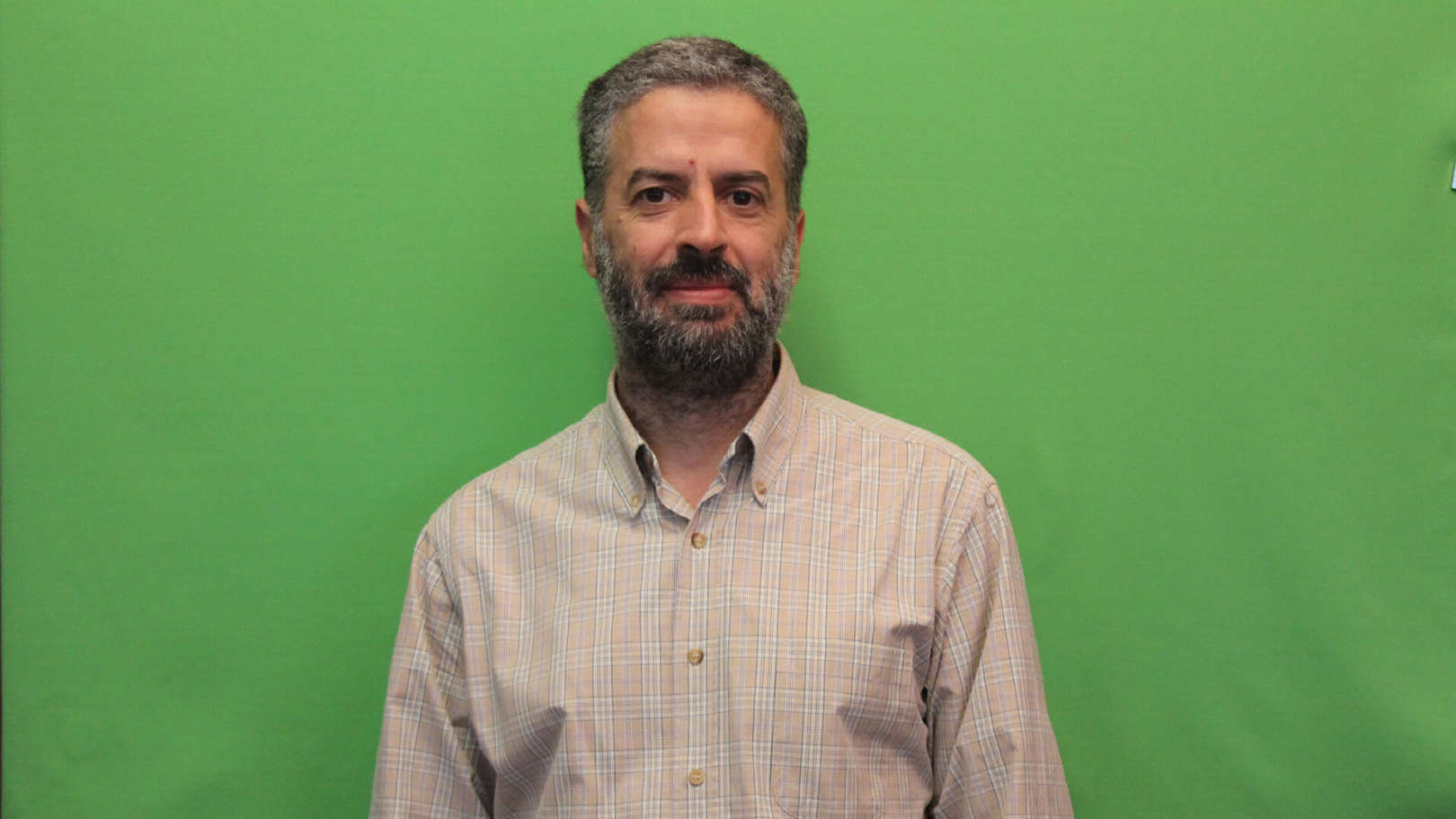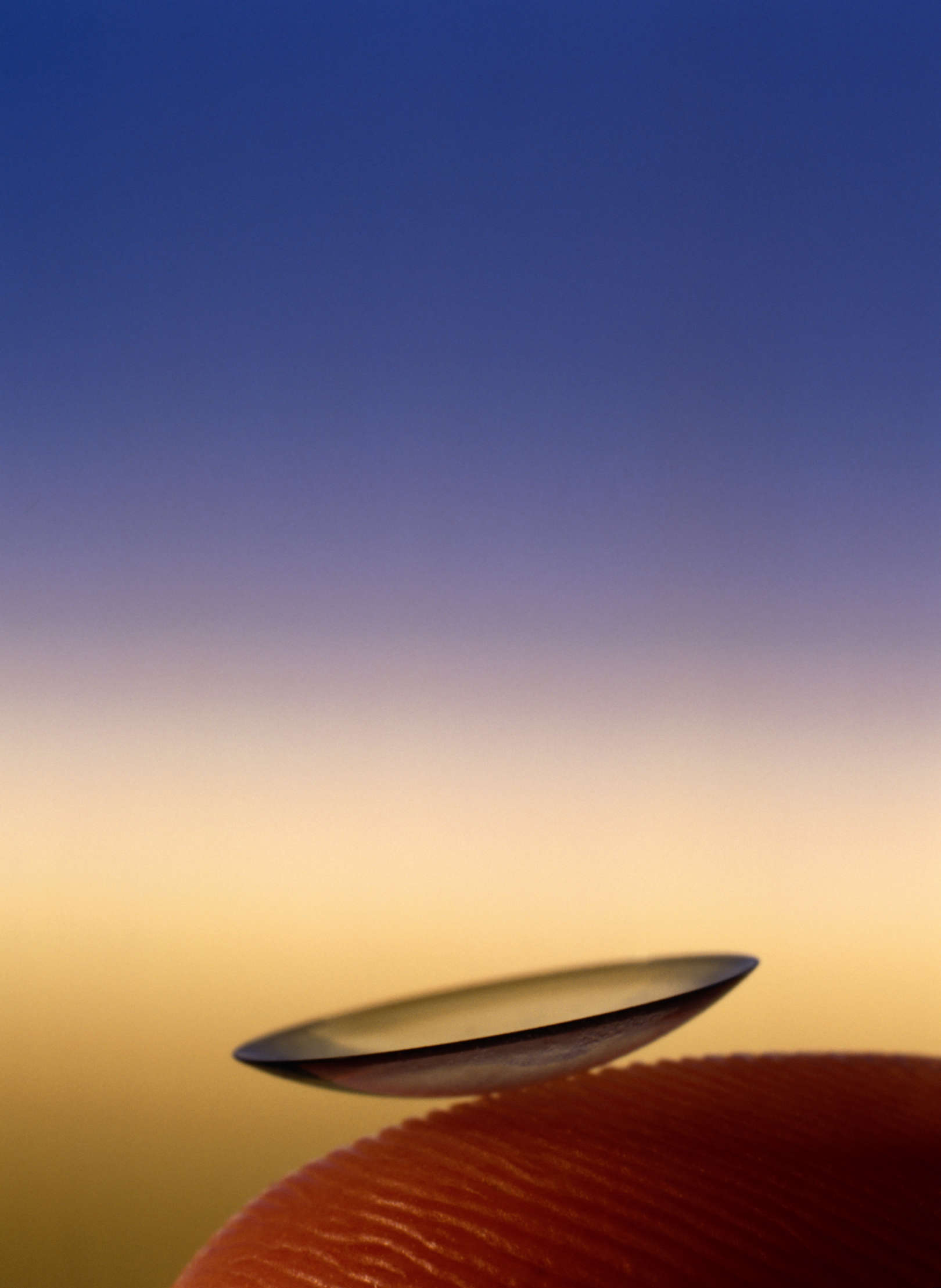About
Miguel Velhote Correia is Associate Professor at the Faculty of Engineering of the University of Porto (FEUP), where he taughts since 1998. He graduated in Electrical and Computer Engineering at FEUP in 1990. He also obtained his Master's and Doctorate at FEUP in 1995 and 2001, in the areas of Industrial Automation and Computer Vision, respectively. Since March 2008, he has been a senior researcher at INESC-Tecnologia e Ciência, responsible for the Bioinstrumentation Laboratory of the Research Center for Biomedical Engineering. He is also a member of the Order of Engineers. In 2007 he was co-founder and technical consultant until 2017 of Kinematix Sense S.A, a start-up electronic devices company from the University of Porto and INESC-TEC. Between 1993 and 2007, he was a researcher at the Instituto de Engenharia Biomédica and, previously, at the Centro CIM do Porto at FEUP. His main research interests are in Electronics and Biomedical Instrumentation, Wearable Systems, Computer Vision, Signal and Image Processing, focusing on the measurement and analysis of human movement, perception, action and performance. Since 1990 he has participated in more than two dozen funded research projects, supervised 10 PhD students and 50 MSc students, and co-authored more than 150 articles published in scientific journals and international conference proceedings.



